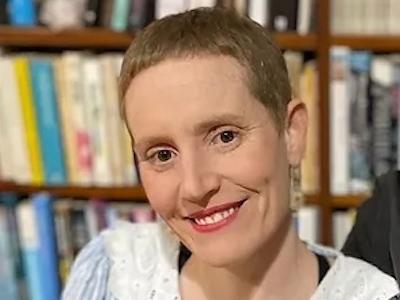
An IASH Work-in-Progress seminar, delivered by Dr Rosa Campbell (GENDER.ED Postdoctoral Fellow, 2023-24)
'From the Vantage Point of Poor Women': Women and Development at the United Nations 1975-1995
Between 1975 and 1995, four United Nations (UN) World Conferences on Women took place in Mexico City (1975), Copenhagen (1980), Nairobi (1985) and Beijing (1995). Each was the largest gathering of women in the world. At these conferences hundreds of thousands of very different women – from Soviet astronauts to Islamic feminists – met to pursue three key goals: equality, development and peace.
In this talk, I focus on the goal of development, understood as how a nation’s resources and economy can best be used to build a successful future. I explore two networks with very different ideas about the role women should play in development, which grew from the UN World Conferences on Women. The first is Development Alternatives with Women for a New Era (DAWN), which developed from the Copenhagen conference and was the first global South feminist network. DAWN considered development ‘from the vantage point of poor women,’ as it was from this perspective that the success of development projects could best be judged. DAWN also highlighted how global politics – for example, militarisation and structural adjustment – impacted national development projects and everyday life.
The second is Women’s World Banking. This was a North/South organisation of women which sought development and poverty alleviation through enabling women to access bank loans. WWB developed from the 1975 Mexico conference and was an important (and under-researched) pioneer of microcredit –the payment of small loans to impoverished people – mostly women – in the global South, based on a belief that these small loans would support them to develop businesses, become ‘empowered’, develop their entrepreneurial spirit and pull themselves, their families and their national communities out of poverty. Often microcredit is historicised and theorised as a neo-liberal imposition on women in the global South. This analysis is pertinent, given that microcredit was plagued by crises from 2007 onward. But this scholarship does not grapple with why microcredit appealed to poor women and why women took small loans in large numbers. I suggest that tracing the history of the WWB can help us to understand this.
Please join in-person, or click the link below to join the webinar:
https://ed-ac-uk.zoom.us/j/81857401179
Passcode: 6aSe7GF7
